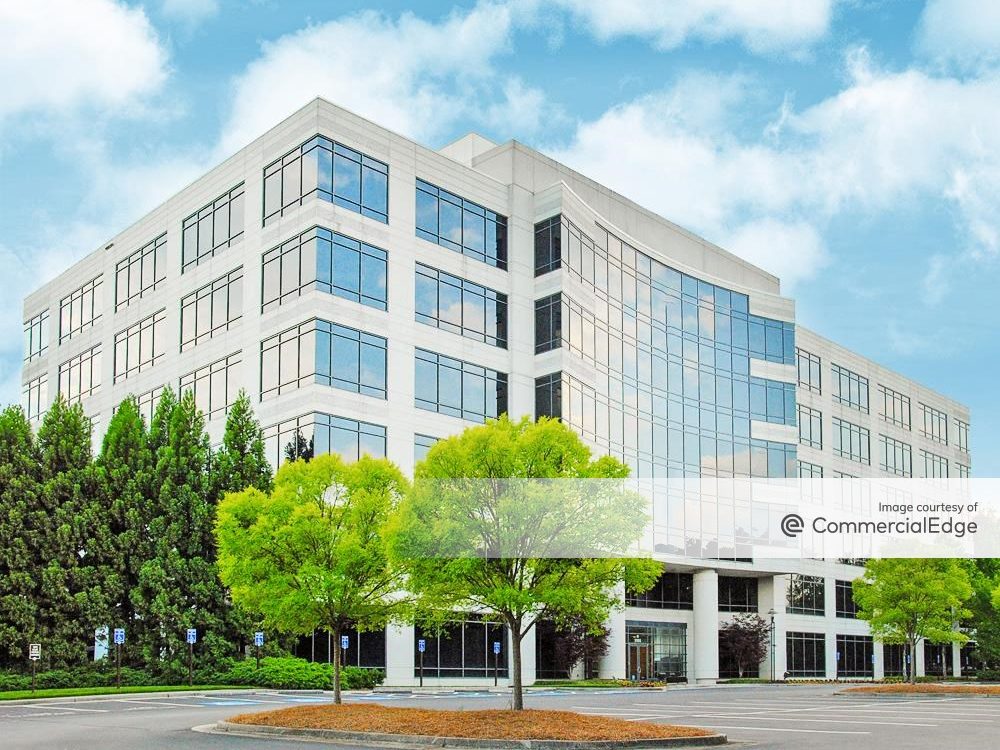5 Things to Know About Data Center Site Selection
A data center is a long-term investment, and choosing a location requires being sensitive to the needs of the business and the surrounding community, says Tim Hughes of STACK INFRASTRUCTURE.
The global data center market is expected to grow 18 percent annually to over $270 billion through 2024, according to Infiniti Research. With such powerful momentum, the need to find the perfect site and deploy capacity quickly has never been greater. Site selection brings together financial modeling, community relations, engineering design, construction planning and even a little fortune telling to deploy capacity where digital businesses need it.
The choice of site needs to take into account a wide variety of factors, not all of which are intuitive. A data center is a long-term investment, and choosing a location requires being sensitive to both the needs of the business and the surrounding community. Here are five rules to follow as you’re considering your next data center location:
Know your surroundings
More than one-third of companies estimate that server downtime costs more than $1 million per hour and 15 percent estimate the toll at greater than $5 million. Data centers are subject to the same forces of nature as any building, but the impact of a devastating loss is potentially much greater. Physical resilience is important, but so is disaster response. Take the following factors into account:
Climate
The incidence of high temperatures, record precipitation and damaging storms has been rising for several years due to climate change. Areas that were once considered safe may not be as secure years in the future. Climate can also influence surrounding areas in a way that affects the data center. For example, heat waves can cause brownouts that force data center operators to rely on backup generators. Site selection needs to anticipate these factors and put appropriate backups and redundancies in place.
Seismic Activity
While the West Coast of the U.S. is known to be at high risk of earthquakes, pockets of frequent seismic activity exist all across North America. In fact, two of the most seismically active areas of the U.S. are Missouri and South Carolina. Seismic events can cause disruptions other than property damage, including power loss, water line ruptures and damage to roads and bridges. Site selection needs to incorporate risk analysis and appropriate failover strategies.
Accessibility
Constructing and equipping a data center involves moving lots of heavy-duty equipment. The condition of nearby roads can be a significant factor in ensuring safe and efficient transportation. Data center operators should also consider the ease of moving people, especially during an emergency, as well as proximity to airports and rail transport.
Talent
Often overlooked in the siting decision is the importance of having the right skills in the area. The importance of talent varies with the needs and uses of the facility, ranging from basic hardware maintenance and network and system administration to facilities and operations management. Low-cost regions may be a good option for data center owners that can affordably relocate employees or that run primarily “lights out” operations.
Know the grid
Electrical power is one of the largest ongoing operational costs of running a data center. U.S.-based data centers alone consumed more than 90 billion kilowatt-hours of electricity in 2017, or 40 percent more electricity than that used by the 65 million people in the United Kingdom. This consumption is certain to change over time, as servers are continually packing more processing power into a smaller space.
Operators require access to reliable, scalable and affordable power. The ability to access power from renewable sources is also an increasingly important consideration. Access to power requires understanding local utilities, their capabilities and capacity to provide for redundancy and protection against failures. Among the factors to consider are: What are my current and future power requirements? How robust is the grid? How accessible are renewable energy sources?
If power capacity is constrained in the area, upgrades may be needed to support the data center. While current capacity may be sufficient, operators need assurance from the utility that service levels will be maintained if capacity requirements grow.
Know the network
Network latency is bad for business and is getting worse as customers grow increasingly intolerant of slow response times. The business impact can be substantial. For example, Akamai reported in 2017 that a 100-millisecond delay in website load time can hurt conversion rates by 7 percent (an eyeblink takes about 300 milliseconds) and that a two-second delay in web page load time increases bounce rates by 103 percent. And Google reported that as page load times increase from one to five seconds the probability that users will leave increases by 90 percent.
Data centers require reliable, robust and scalable network connections. These needs should be considered early in the planning process. The bandwidth and latency needs of individual data centers vary by the type of traffic that traverses the network. For example, financial applications are likely to be more sensitive to latency issues than website hosting. Capacity and performance demands are also likely to change due to financial conditions, application availability needs and target markets. It is important to understand the nature of the traffic that will be passing over the network. It’s also important to know what percentage of responses can be generated internally versus requiring queries over the public internet.
Know the stakeholders
Local stakeholders and community members can sometimes be overlooked in data center site selection, but they can be the data center operator’s most important ally. Operators know all the benefits their data centers can bring the surrounding areas, including tax revenue, high-quality jobs, clean operations and improvements to local infrastructure. Many regions offer abatements on sales, property, and energy taxes to demonstrate their eagerness to host data centers. Operators should reciprocate by displaying a willingness to work with local officials and community groups. But even then, the community often needs to be informed of the benefits.
Expect the unexpected
Despite your best efforts to thoroughly vet a location for seismic activity, vulnerability to natural disasters, talent availability and abundance of bandwidth, unforeseen circumstances can still derail a project. For example, the sheer complexity of data center construction is a risk. The project typically involves multiple vendors, subcontractors and as many as 50 different disciplines in areas like structural, electrical, HVAC, plumbing, fuel pumps, networking and security. Uptime Institute reported that the vast majority of data center failures are caused by human error and that in the most severe cases nearly three-quarters of operators believed that better management, processes or configuration could have avoided downtime. It is essential that competent and experienced project managers oversee the effort from start to finish to ensure smooth operation.
Other factors to consider include nearby transportation sources (if hazardous materials are transported on nearby railroad lines or by truck on adjacent highways, the impact of a derailment or crash could be disastrous), the business of your neighbors (a chemical plant down the street may issue noxious fumes that could interfere with your cooling system or create an unpleasant work environment) and local easement rules (a walking or bicycle path that goes inside your property creates a security problem).
Due diligence is perhaps the most critical aspect when it comes to siting a hyperscale data center. Building these facilities is a long-term commitment. Time spent up front on mission-critical factors such as ensuring a secure location with access to ample power and high-speed bandwidth can prevent costly repairs and retrofits down the line. Both the owner and operations team also need to be aware of the importance of stakeholder relations, since the data center and staff will be important members of the community for years to come. By investing time at the front end to make cautious decisions with an eye toward the future, operators can ensure that they have the support of all stakeholders in the project’s ongoing success.
Tim Hughes is the director of strategy and development at STACK INFRASTRUCTURE.








You must be logged in to post a comment.